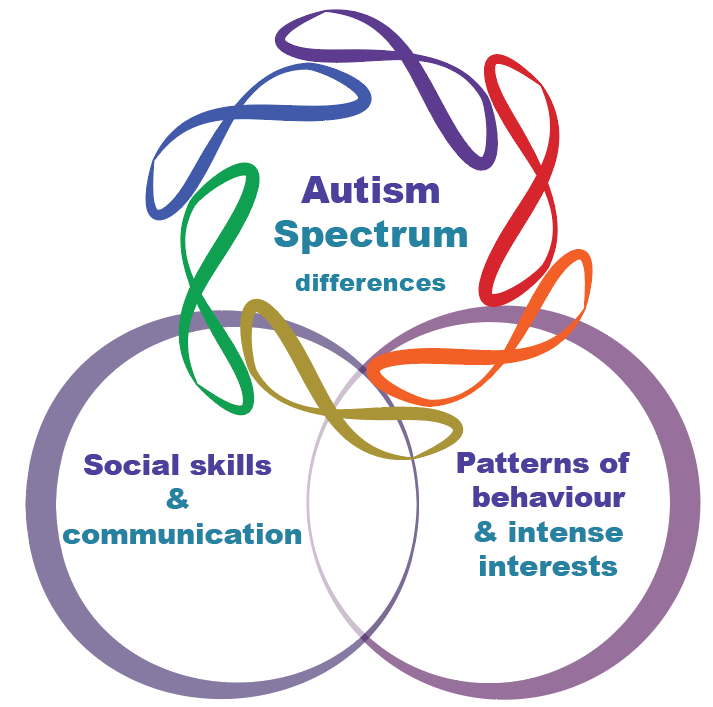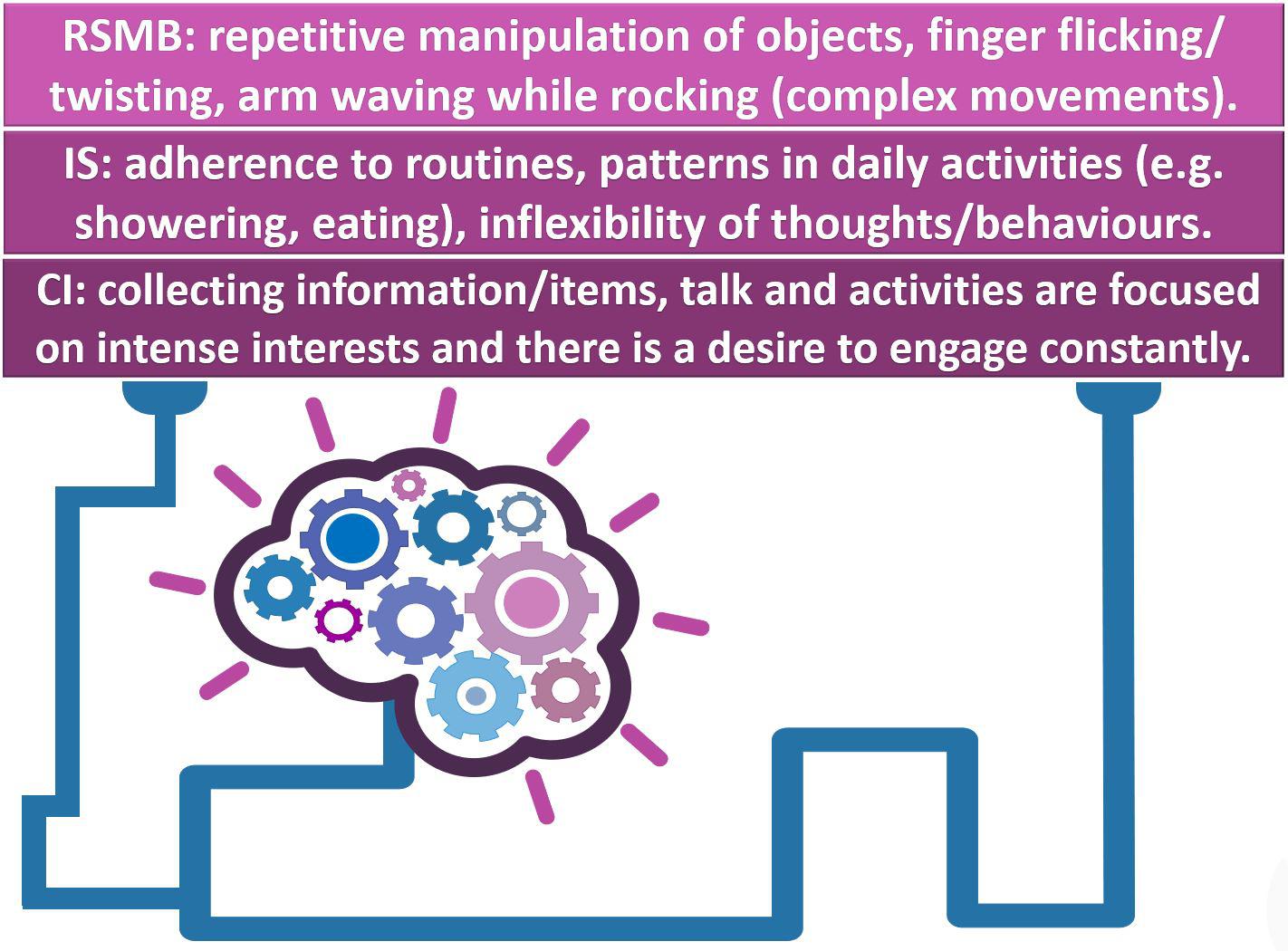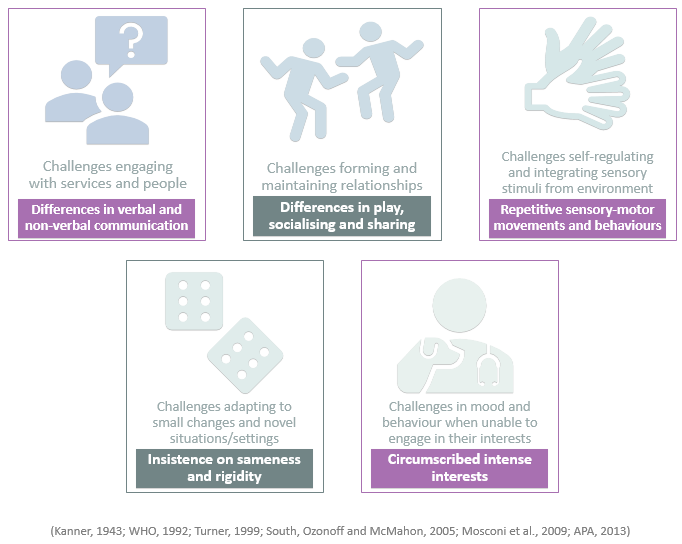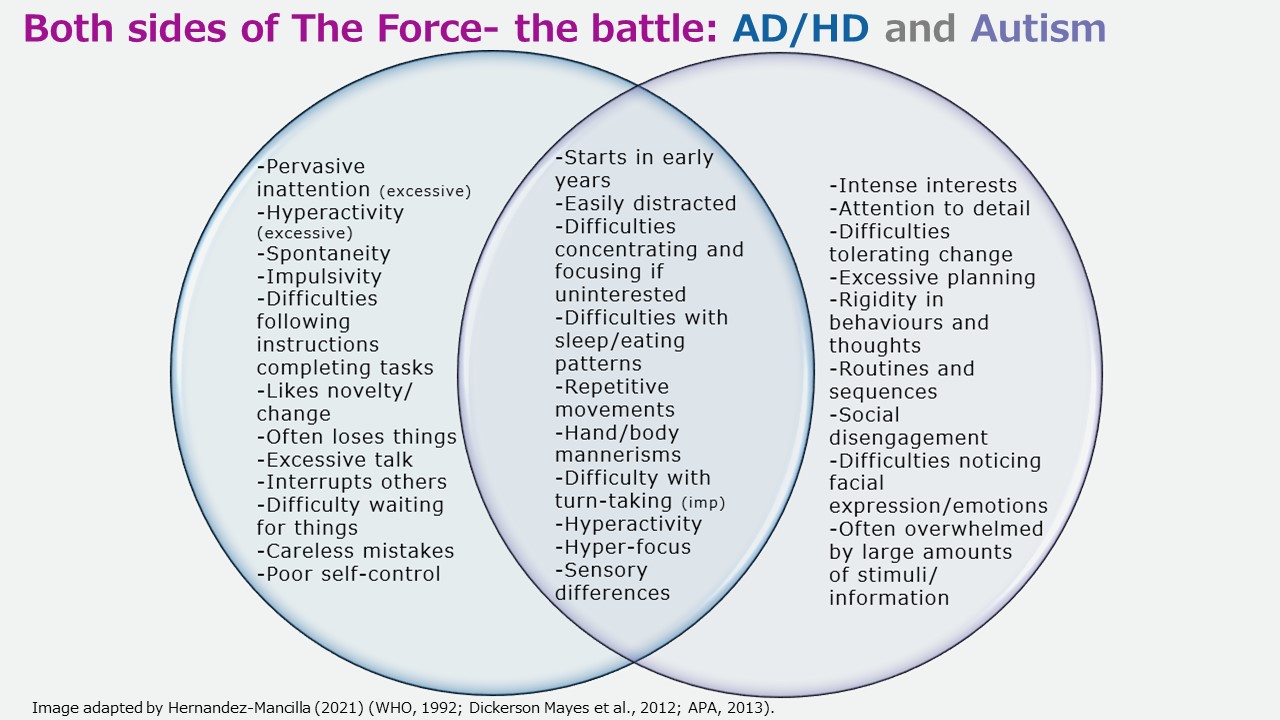Autism

Image by Hernandez-Mancilla 2020.
Autism Spectrum Disorder* (ASD) replaces previously diagnostic terms such as Asperger’s Syndrome and Childhood Autism DSM-V (APA, 2013) and ICD-11 (into effect in 2022) (WHO, 2018).
ICD-10 (WHO, 1992) used the following diagnostic labels:
Asperger’s Syndrome (Aspie), Childhood Autism, Pervasive Developmental Disorder – Not Otherwise Specified (PDD-NOS), which at present, are still used/valid in the UK.
For a diagnosis, differences need to be present in the early developmental period. However, as demands in life increase, this may become more noticeable.
- Differences in socialisation and communication.
- Differences in interests, repetitive patterns of behaviour.
Autism timeline

Image by Hernandez-Mancilla 2020.
Autism – Autism Spectrum Conditions
Autism Spectrum Disorders (ASD) or autism spectrum condition (ASC) is a neurodevelopmental condition that is characterised by differences and difficulties in two main areas (American Psychiatric Association, 2013).
- Differences in social communication, including reciprocal interaction and verbal/non-verbal communication. This means differences in non-verbal communicative behaviours such as eye-contact, body language, facial expressions and gestures. These are referred as ‘poorly integrated’ or ‘abnormal’. Additionally, these differences are often accompanied by difficulties maintaining and making friends and understanding relationships. In addition, adjusting behaviours to diverse social contexts, sharing interests and play can be of unusual quality.
-
Restricted repetitive behaviours (RRBs) that involve circumscribed interests, difficulties with change and repetitive motor movements. These are characterised by stereotyped motor movements, use of objects or speech. Insistence on sameness, adherence to routines and specific patterns whilst performing tasks or daily-activities such as showering or eating, could help to identify these patterns. These also include restricted and fixated interest which are intense and can involve unusual interests in topics or objects that may not seem age-appropriate.
Hyper- and hyporeactivity to sensory input is often present and involves interests in sensory aspects of the environment. This may include sensory seeking behaviours or adverse reactions to sensory stimuli. These features fall in the RRBs domain as this main involve repetitive sensory motor behaviours.

Image by Hernandez-Mancilla 2020.

Image by Hernandez-Mancilla 2020.
- Approximately 0.8%-1% of the population in England present with an ASC
- ASCs present with a high risk of premature mortality due to health-loss across the lifespan
- high-risk rate of suicide
- high levels of anxiety, depression
- physical health problems include heart conditions, gastro-intestinal conditions, hyper-tension, diabetes, obesity, sleep disorders, fibromyalgia, neurological conditions, amongst others.
- Male/female approximate ratio 3:1






